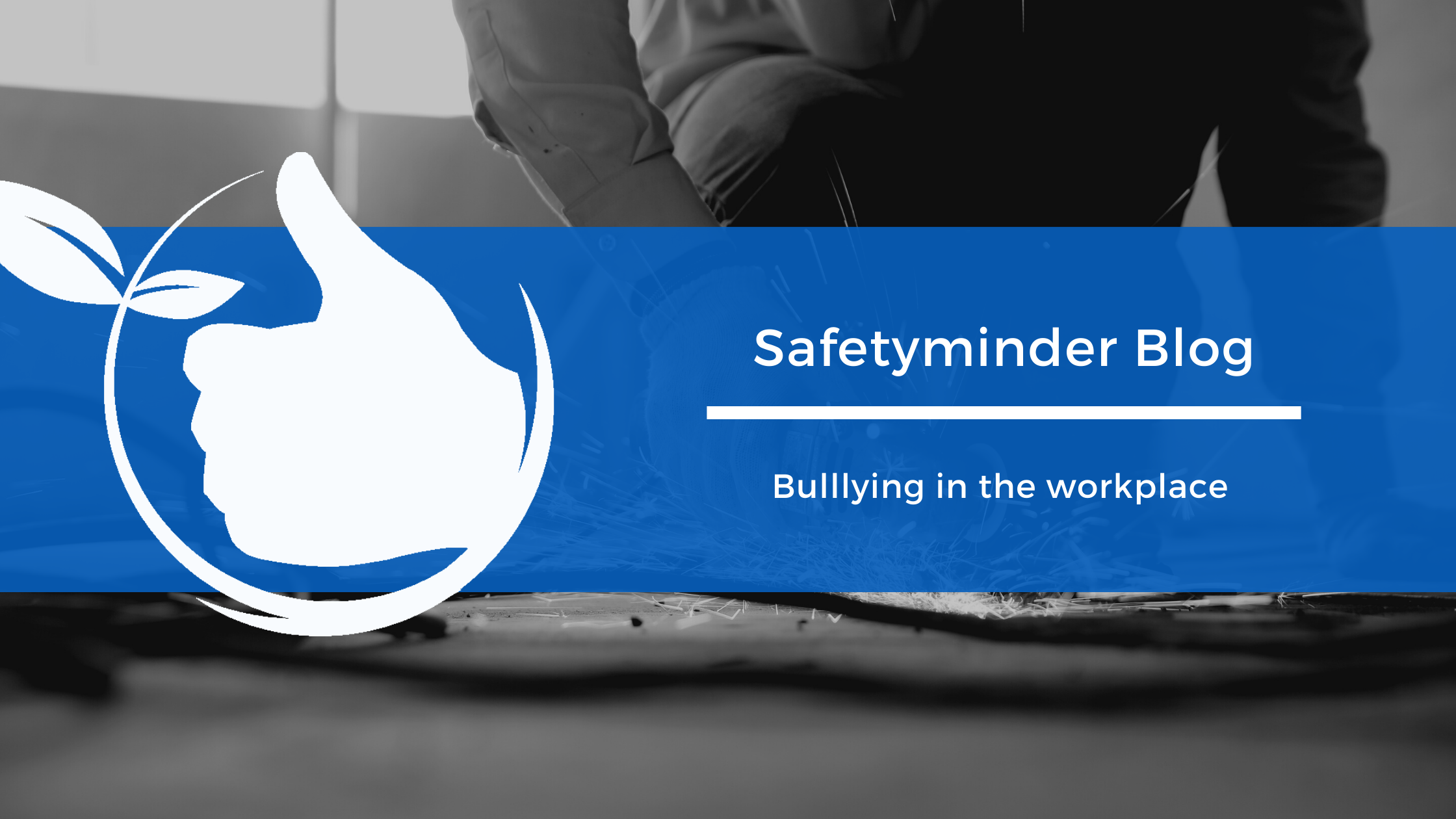
Workplace bullying is repeated and unreasonable behaviour directed towards a worker or group of workers that creates a risk to health and safety.
It is a risk to health and safety because it may affect the mental and physical health of workers. Taking steps to prevent it from occurring and responding quickly if it does is the best way to deal with workplace bullying.
Bullying can take different forms including psychological, physical or even indirect—for example deliberately excluding someone from work-related activities. It can be obvious and it can be subtle, which means it’s not always easy to spot.
Some examples of workplace bullying include:
- abusive or offensive language or comments
- aggressive and intimidating behaviour
- belittling or humiliating comments
- practical jokes or initiation
- unjustified criticism or complaints.
Implications of workplace bullying
There are legal obligations to consider all health and safety risks in the workplace including workplace bullying.
Failure to take steps to manage the risk of workplace bullying can result in a breach of WHS laws.
Workplace bullying is best dealt with by taking steps to prevent it from happening and responding quickly if it does occur. The longer the bullying behaviour continues, the harder it becomes to repair working relationships and the greater the risk to health and safety.
Effects of bullying
Workplace bullying can seriously harm worker mental health with depression, psychological distress and emotional exhaustion common outcomes for bullied workers. These health outcomes may adversely impact the workplace with workers taking sick leave and being less productive (presenteeism), both of which damage productivity.
Managing the risk of workplace bullying
Organisations can minimise the risk of workplace bullying by taking a proactive approach to identify early, any unreasonable behaviour and situations likely to increase the risk of workplace bullying occurring.
Organisations should implement control measures to manage these risks, and monitor and review the effectiveness of these measures. This could include activities such as:
- Regularly consulting with workers and health and safety representatives to find out if bullying is occurring or if there are factors likely to increase the risk of workplace bullying.
- Setting the standard of workplace behaviour, for example through a code of conduct or workplace bullying policy.
- Designing safe systems of work by clearly defining jobs and providing workers with the resources, information and training they need to carry out their work safely.
- Implementing workplace bullying reporting and response procedures.
- Developing productive and respectful workplace relationships through good management practices and effective communication.
- Providing information and training on workplace bullying policies and procedures, available support and assistance, and how to prevent and respond to workplace bullying.
- Prioritising measures that foster and protect the psychological health of employees.
Benefits of preventing workplace bullying
In 2016, we published a report that outlines how improving management commitment to psychological health and safety could be an innovative strategy to reduce lost productivity, as well as substantially improve the wellbeing of workers.
The report interrogated data from the 2014–15 Australian Workplace Barometer Project, collected via telephone from 4,242 employees nationwide.
Key findings included:
- The total cost of depression to Australian employers due to presenteeism and absenteeism is estimated to be approximately $6.3 billion per annum.
- Workers with psychological distress took four times as many sick days per month and had a 154% higher performance loss at work than those not experiencing psychological distress. This equates to an average cost of $6,309 per annum in comparison with those not experiencing psychological distress.
- Relative to workers with high engagement, workers with low engagement have approximately 12% more sick days per month and an average performance loss of eight per cent, costing employers $4796 per annum.